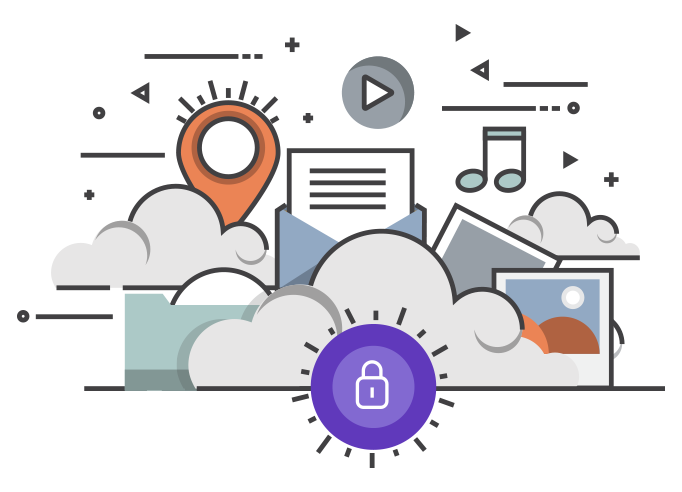Will moving to the cloud be one of the best things you can ever do for your business, your workforce, and your customers?
And as business owner or main technical decision maker, you hold the reins to find someone who can map the course for a comprehensive cloud strategy — and transition plan — that fits the unique needs of your business. You’ve got to get it right every step of the way, from designing, selling, and executing the best plan internally, to driving increased value over time. That’s why it’s important to think of your move to the cloud as a planned journey instead of an overnight switch. And, as with all journeys, the key is to establish where you are, where you want to be, and how you’ll get there.
You need a roadmap that takes into account the specifics of your business, your goals, your current IT, your available resources, and your staff.
A well-designed journey will pay dividends all along the way:
The simple path
Wherever you are on your cloud journey, you can benefit from other companies that have gone before you. For a lot of them, the journey progresses in three natural steps. They don’t need to happen in order. In fact, you can start anywhere.
Let’s look at each of these steps, one at a time.
Moving your files and data to the cloud.
Your business runs on information, stored in files. But the way those files are stored and shared now could be considered outdated, unsecure, and inefficient.
That’s why cloud-based file sharing is a natural foundation for any company’s journey to the cloud. It requires minimal change, and you get a fast return on investment. Plus, because file sharing touches every department and process, you make a big impact with very little cost or effort. Cloud file sharing allows your staff to store, synchronize, and share content (documents, photos, videos, and other files in the cloud) across multiple devices.
But sharing is only the start. The cloud can also enable content collaboration — letting you work with people inside and outside your business, on the same documents, in real time.
It’s important to take control of file sharing and content collaboration early on. If you don’t provide users with a single, business-class solution, they’ll resort to personal apps and services with limited functionality and compliance features. As the use of such ‘Shadow IT’ grows, your IT team’s control diminishes, and risk goes up.
Business-class cloud file sharing and content collaboration are more secure, richer, and likely to prove better integrated with the way you work.
Moving your applications to the cloud.
Apps are where your users meet your business processes. They deliver great functionality — but in the cloud, their management is centralized instead of distributed. That means they can be patched once for all users and updated quickly and easily to enhance security and ensure compliance. And depending on the age, implementation and management practices currently in place, the apps hosted on your local servers can present new performance and security challenges every day. Moving to the right cloud solution will address these challenges, allowing you to focus on your core business.
Hosting your apps in the cloud ensures they’re are running on the latest, high-performance hardware. No more disruptive costly updates.
Moving your desktops to the cloud.
At this point in your journey, you can stop installing and maintaining operating systems, software, and apps on every computer. Cloud desktops virtualize everything that loads when a user fires up a PC: the latest version of Windows, the apps, and files. In short, it’s the user’s whole computer — as they’ve personally set it up — presented on their preferred device.
Once you get your users’ desktops to the cloud, you’ve pretty much become a cloud company, with little or no on-premises infrastructure to buy, manage, maintain and secure.
You’ve arrived.
When you virtualize apps and desktops, you separate the OS, firmware, and software from the physical machines. That means you can host them anywhere: on-premises, in the cloud, or as a hybrid deployment. CIOs of organizations of all sizes of are under enormous pressure — from above and from below. Transforming your business isn’t an option, it’s a mandate. But in the past, making changes to your business IT systems was a recipe for pain and disruption. With the cloud, the opposite is true. When you move from a high-maintenance model to a no-maintenance model, everything gets easier, faster, and more flexible.
That’s why so many CIOs — across all industries — are accelerating their journeys to the cloud. Each step of your cloud journey pays for itself, in business benefits and security.


